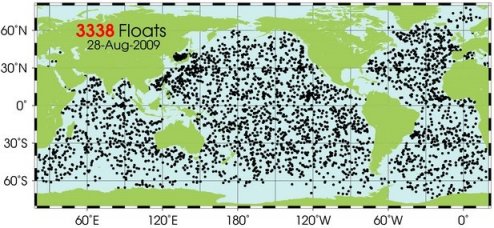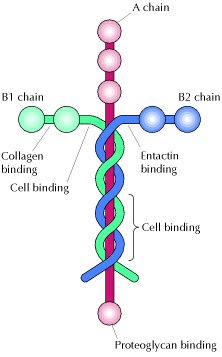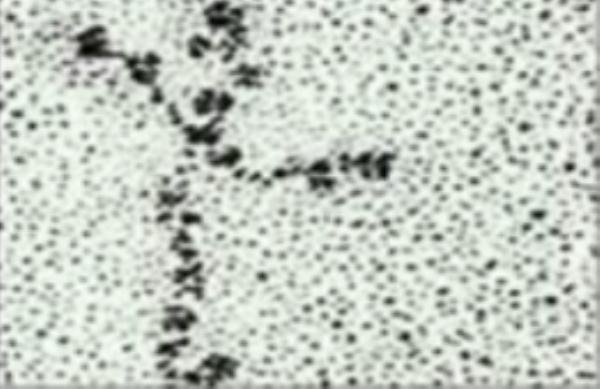The creationist view of science is a robust paradigm that has made many predictions regarding the data. Time and time again, those predictions have been demonstrated to be correct. Not all that long ago, I wrote about the fact that the only successful predictions regarding the data related to planetary magnetic fields come from a young-earth creationist model. Well, it turns out that specific creationist predictions have been confirmed again, much to the chagrin of evolutionists.
Continue reading “Creationist Prediction about the Human Appendix”



